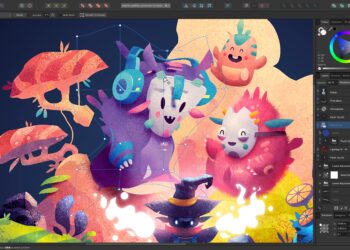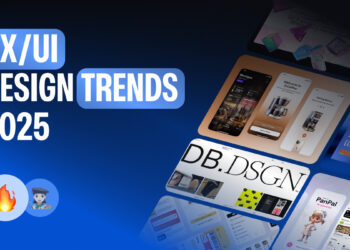image from: unsplash.com
In the ever-evolving world of digital experiences, 2025 brings new paradigms for UX/UI design. Brands are now expected to deliver not just usable interfaces, but emotionally resonant, accessible, and intelligent interactions. This guide covers the top trends driving high-performing user experiences—tailored for designers, developers, agencies, and tech companies looking to stay ahead.
1. AI-Powered Personalization
Artificial Intelligence is no longer optional—it’s integral. In 2025, AI algorithms dynamically tailor interfaces based on user behavior, location, preferences, and even mood. This real-time customization boosts engagement and conversion rates, making it a critical component in high-CPC digital products such as finance apps, healthcare portals, and SaaS dashboards.
Key Strategies:
- Implement machine learning models for behavioral analysis.
- Use AI-driven UX tools like Adobe Sensei, Framer AI.
- Design modular UI components that adapt dynamically.
2. Voice and Gesture Interfaces
As touchless interaction becomes mainstream, voice UX and gesture-driven interfaces are redefining accessibility and user flow. From smart homes to automotive UX, this trend is reshaping industries with high ad spend and CPM—especially in IoT, smart tech, and wearables.
Tips for Designers:
- Create voice-friendly navigation structures.
- Design with multimodal input (voice, gesture, touch).
- Prioritize latency and feedback in voice interactions.
3. Inclusive & Accessible Design
Accessibility is now a legal and ethical standard. In 2025, brands are prioritizing universal design principles, ensuring apps and websites are usable by all. This trend is especially crucial in government, education, and healthcare sectors—verticals with high CPC and strict compliance standards.
Best Practices:
- Follow WCAG 2.2 or 3.0 guidelines.
- Use tools like Stark, Axe DevTools.
- Include neurodiverse, visually impaired, and motor-impaired personas in testing.
4. Hyper-Minimalism and Motion Microinteractions
Users crave clarity and intuitiveness. Hyper-minimal interfaces with strong hierarchy, whitespace, and animated feedback increase retention. Motion-driven microinteractions (e.g., hover states, button transitions) now subtly guide the user journey and reinforce brand identity.
Implementation Tips:
- Use Figma Smart Animate and Lottie for lightweight animations.
- Reduce cognitive load by eliminating non-essential elements.
- Leverage animation for onboarding and progressive disclosure.
5. Sustainability-First UX
Eco-conscious UX is rising in importance. Lightweight, low-energy interfaces are becoming a competitive advantage. This trend is especially powerful in industries like green tech, travel, and ethical commerce, where eco-positioning also boosts CTR and user loyalty.
Eco-UX Guidelines:
- Minimize JavaScript and image file sizes.
- Use dark mode and system preferences.
- Highlight carbon impact metrics in dashboards.
6. Immersive 3D and AR Experiences
With WebXR and ARKit/WebAR gaining ground, immersive design is moving beyond entertainment. High-CPM sectors like real estate, education, and luxury retail are leveraging 3D/AR to provide interactive, virtual-first experiences.
What to Do:
- Integrate WebGL for browser-based 3D models.
- Design spatial UX patterns for AR placement.
- Focus on performance optimization for mobile AR.
7. Data-Driven UX Strategy
Design is now inseparable from analytics. Heatmaps, A/B testing, funnel analysis, and user session replays are core to refining interfaces. In data-sensitive industries like fintech, enterprise SaaS, and insurance, data-informed design decisions directly impact revenue and CPC.
Pro Tips:
- Use platforms like Hotjar, Mixpanel, or FullStory.
- Integrate UX research into product roadmaps.
- Build experimentation frameworks for continuous optimization.
Conclusion: Designing for 2025 and Beyond
UX/UI in 2025 is defined by personalization, accessibility, sustainability, and immersive technology. Designers who master these trends—while aligning with high-CPM markets and SEO-rich content strategies—will not only build impactful experiences but also maximize monetization potential.
Action Step: Audit your current design projects. Align at least three of the above trends to ensure you’re not just keeping up, but leading the digital frontier.














